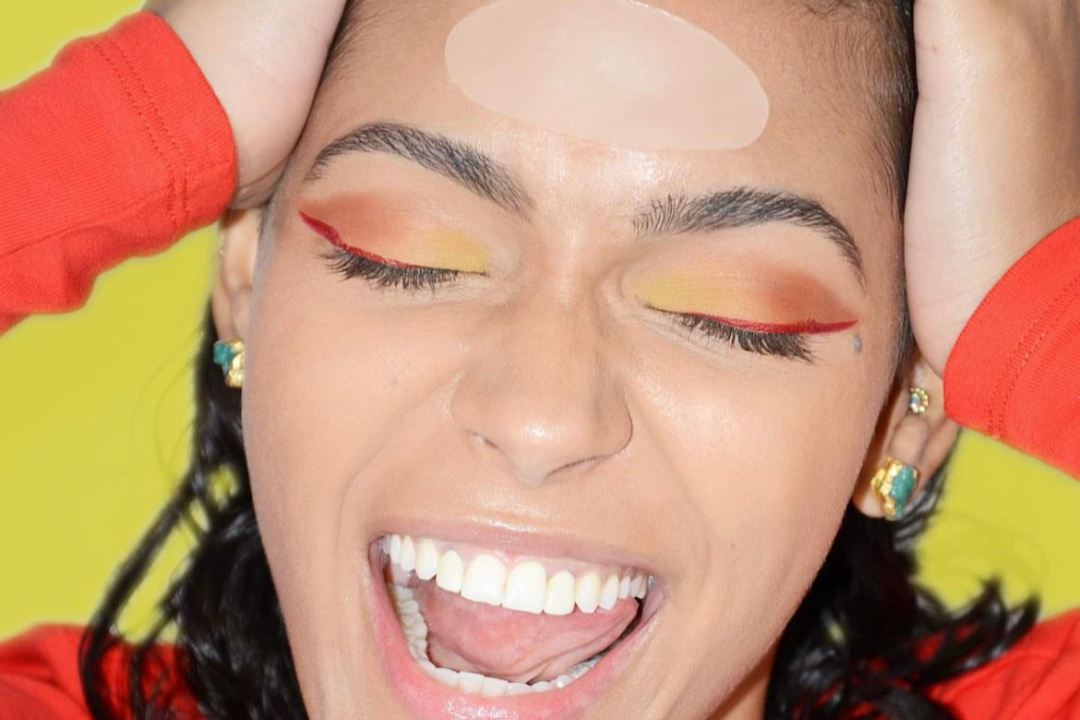Debunking the Myth: Can Hydrocolloid Patches Make Acne Worse?
Acne is a common skin condition that can be frustrating and challenging to manage, especially when dealing with cystic acne, which is known for its painful and deep-seated nature. Many people with acne-prone skin are constantly on the lookout for effective solutions to help treat and prevent breakouts. One popular option that has gained popularity in recent years is hydrocolloid patches, which are small adhesive patches that are applied directly to the skin over an active pimple. However, there is a common misconception that hydrocolloid patches can make acne worse. Let's explore the facts and debunk this myth.
The truth is, hydrocolloid patches are actually a great solution for managing active breakouts during cystic acne, and they do not make acne worse. Here's why:
-
Prevents You from Picking, Poking, and Popping: One of the worst things you can do for your acne-prone skin is to constantly touch, pick, poke, or pop your pimples. These actions can introduce more bacteria into the skin, cause further inflammation, and even result in scarring. Hydrocolloid patches act as a physical barrier, preventing you from touching and tampering with your acne. They provide a gentle reminder to leave your pimples alone, allowing them to heal naturally without interference, reducing the risk of making acne worse.
-
Creates a Protective Moisture Barrier Away from Exterior Irritants: Hydrocolloid patches create a protective barrier over the pimple, shielding it from external irritants such as dirt, dust, and bacteria. This can help to prevent further contamination of the acne lesion, reducing the chances of worsening the breakout. Additionally, hydrocolloid patches help to lock in moisture, which can keep the pimple hydrated and prevent it from drying out or forming a scab, which can increase the risk of scarring.
-
Absorbs Whiteheads, Pus, Sebum, and Oil Gently Overnight Without Scarring: One of the main benefits of hydrocolloid patches is their ability to absorb excess fluids from the pimple, such as whiteheads, pus, sebum, and oil. The patches work by creating a moist environment that softens the pimple, allowing the fluid to be drawn out gently without causing trauma to the surrounding skin. This can help to expedite the healing process and reduce the size and redness of the pimple without leaving a scar, unlike aggressive popping or squeezing methods.
It's important to note that not all hydrocolloid patches are created equal, and using high-quality patches is crucial for maximum effectiveness. Fazit's Zit Zapper XL multi-shaped acne patches are a recommended option. Made with medical-grade hydrocolloid, they are designed to be ultra-thin, transparent, and discreet, making them suitable for day or night use. The various shapes and sizes allow for customized coverage on different types of pimples, from small whiteheads to larger cystic acne. They are also free from harmful chemicals, latex, and cruelty, making them safe for all skin types.
In conclusion, hydrocolloid patches are not known to make acne worse. In fact, they can be a great solution for managing active breakouts during cystic acne. They prevent you from picking, poking, and popping, create a protective moisture barrier away from exterior irritants, and absorb whiteheads, pus, sebum, and oil gently overnight without scarring. When used correctly and with high-quality patches like Fazit's Zit Zapper XL, hydrocolloid patches can be an effective tool in your acne-fighting arsenal, helping you to achieve clearer, healthier skin.

